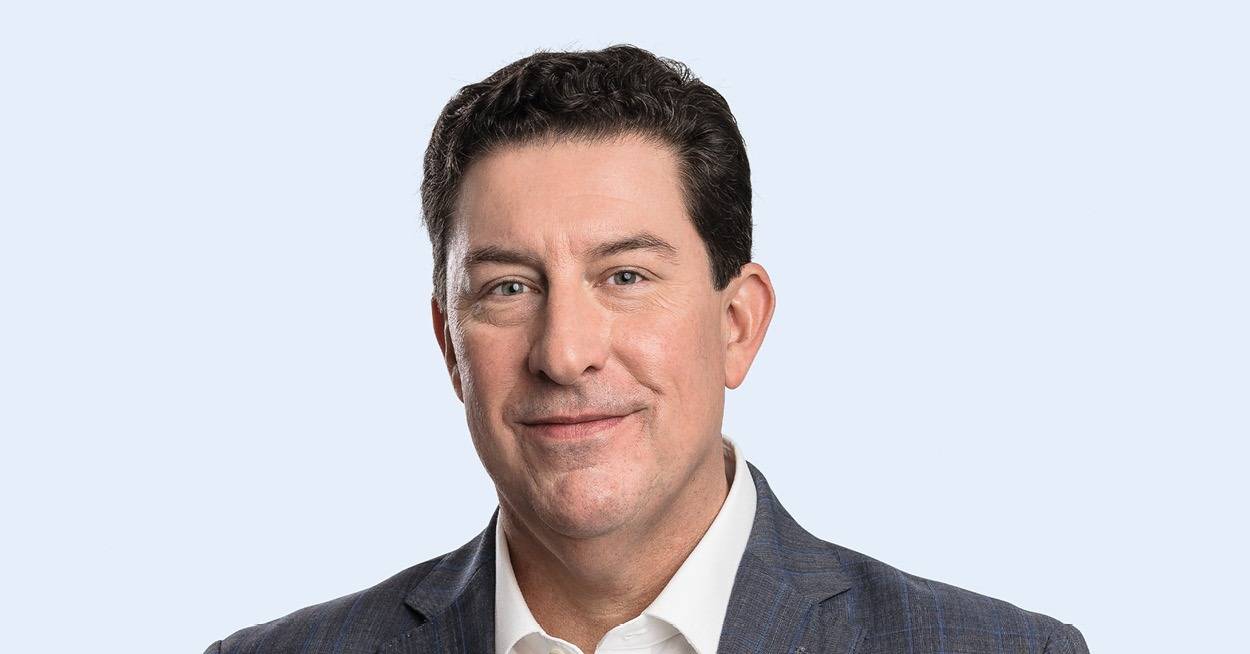- Solutions
- Solutions
- Home Health
- Hospice
- Life Plan Community
- Palliative Care
- Private Duty
- Senior Living
- Skilled Nursing
- Skilled Nursing
- Skilled Nursing Software
- Advanced Insights
- Customer relationship management
- Data and analytics
- Financial & operations management
- Marketing
- Nutrition management
- Referral management
- Regulatory compliance
- Retail management
- Resident engagement
- Revenue cycle management
- Skilled nursing interoperability
- Partners
- Blogs
- Resources
- About
- User Conference

5 reasons why full EHR adoption is critical in long-term care
Given the connection between EHR adoption and quality of care, and the government’s increasing tendency to penalize those that lag behind, skilled nursing facilities are under more pressure than ever to upgrade their systems to meet modern standards. The good news is that today’s EHR systems are more sophisticated than ever before, offering a variety of incentives that encourage organizations to get up to speed.
Why EHR adoption is important
There’s a direct correlation between successful EHR adoption and quality of care. Research shows that providers who have fully adopted their EHR experience better clinical outcomes than those who don’t. And that’s never been truer than it is today, when evolving technology and best practices have reached the point where organizations can enjoy a number of key advantages when they embrace EHR adoption.
So, for those organizations that are still on the fence, here are a few good reasons to consider getting on board.
5 benefits of EHR adoption for skilled nursing facilities
#1: Drive better clinical outcomes using data and analytics
It’s all about the data. What’s the data showing? What are we doing differently? How can we improve? Data-driven research enables data-driven quality care management acceleration. And the greater visibility into data that comes with successful EHR adoption gives operators the insights they need for meaningful analysis, and ultimately to improve the way they deliver care.
In addition, data monitoring and management is an area where regulators are exerting increasing pressure. Especially in the wake of the Covid-19 pandemic, the government feels that LTC providers haven’t been capturing enough data to enable the kind of analysis that drives better outcomes. As a result, organizations are now required to report on information that they weren’t reporting on before.
So, how can organizations comply? Leading EHR solution providers offer data tracking and analytics as an included component of their systems. And the best of them also apply innovations like artificial intelligence and deep machine learning to put that data to the best possible use. These kinds of ‘Intelligent Solutions,’ as we call them, can enable a shift to even more proactive care.
#2: Treat high-acuity residents more effectively
Many organizations are facing a need to treat more people with chronic conditions than before. Today, many of the people admitted to LTC facilities are coming as high-acuity transfers from the hospital, or as residents who have aged to a point where they can’t stay at home. And, over the past years, these people tend to have more issues, requiring more complex and attentive care.
This has a big impact on a facility’s ability to deliver care to its larger population, and an EHR system should be designed accordingly. The increase in chronic conditions among new admissions into skilled nursing facilities demands an EHR solution that can enhance the ability of clinical teams to care more effectively for more patients in need of active attention.
#3: Scale up your clinical workforce
Organizations that embrace EHR adoption as it exists today are rewarded with systems that do just that. Robust with documentation tools, alerts and the use of Intelligent Solutions that can notify them of high risks, these systems empower workers to spend their time more effectively, and make sure that residents at higher risk are getting the appropriate attention.
This ability to optimize documentation helps boost efficiency by reducing or even eliminating the need for manual work. In doing so, it frees up staff for other tasks related to caring for residents. Instead of constantly entering data, their responsibility is basically to validate and monitor information that’s been fed automatically into the system, often through connectivity with patient monitoring devices.
With the staffing challenges facing so many facilities, enabling caregivers to watch over more people more quickly, efficiently and accurately can be a game changer. It doesn’t just provide the ability to scale up a workforce’s impact at a critical time, but also helps optimize operational workflows by improving care coordination, integrations and interoperability.
#4: Address health equity
And these improvements can not only be done without jeopardizing quality of care outcomes, but they can even help maintain compliance with regulatory requirements, in a number of ways. For instance, the data and analysis can also give organizations key insights into disparities associated with social determinants of health (SDoH), a particular area of focus among regulators today.
By analyzing their own data and comparing it with demographic standards, organizations can compare the outcomes for residents in rural communities against those in an urban community, for instance, or across different ethnic or socioeconomic divides. Applying advanced analysis to data that’s already available helps organizations not only identify social disparities but also offers a tool for offsetting them.
#5: Keep up with industry standards, and help to influence them
By choosing EHR service providers that specialize in industry advocacy efforts, organizations can help ensure that the services they receive are always updated based on the on-the-ground realities of long-term care. Look for providers with association and memberships in groups like ADVION (formerly the National Association for the Support of Long Term Care, or NASL), Advancing Excellence, LeadingAge, American Health Care Association/National Center for Assisted Living (AHCA/NCAL), and Argentum.
In addition, choosing an EHR service provider that actively seeks out customer input is another good way to ensure that organizations don’t just get the most out of EHR adoption, but also lend their voice to its constant improvement. Leading EHR providers don’t just demonstrate expertise and involvement in the industry. They also involve their partners in a dialogue to ensure that everyone fully understands the challenges facing skilled nursing organizations today, and are developing the right tools to meet them.
Need help with EHR adoption?
Seize the benefits of EHR adoption with the industry’s leading EHR solution for skilled nursing and long-term care facilities.
Request a demo today and see for yourself what MatrixCare can do for your organization.
See what MatrixCare can do for you
Amy Ostrem
Amy Ostrem, Vice President, Strategy & Portfolio Management, has been working with our products and service teams for more than 2 decades. She originally was a client before joining the company as a Client Education Consultant and has served in various departments and roles through her tenure. In her current role, she divides her time between client communications, client service teams, sales enablement, and product development teams. Ostrem oversees the Product Strategy, Value Proposition, Commercialization, Product Managers, and Business Analysts. She participates in industry events, client engagement sessions, focus groups, our annual Inspire event, and presents regularly at provider advisory boards. Ostrem holds a bachelors degree from Concordia College in Healthcare Financial Management.
Related Posts


See MatrixCare in action
Start by having a call with one of our experts to see our platform in action.
MatrixCare offers industry-leading software solutions. Thousands of facility-based and home-based care organizations trust us to help them improve efficiency and provide exceptional care.





